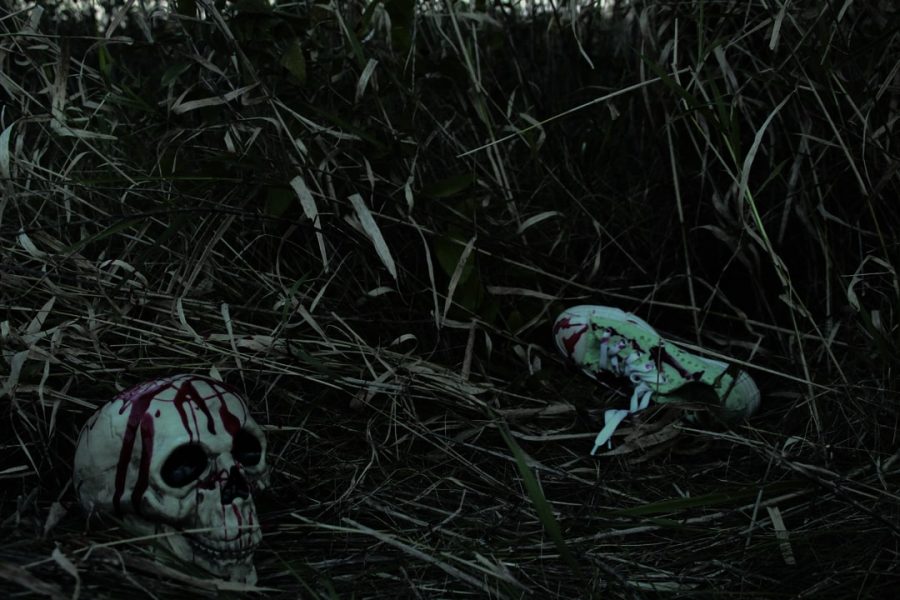Scary Stories Not To Tell in the Dark
The fog rolled in over the graveyard as the clock tower struck midnight. The hair on the back of the young girl’s neck began to stand up as she felt dozens of red rimmed eye staring at her from behind each tombstone.
Being able to be scared in a safe space draws hundreds of people into the written world of horror. Well crafted scary stories increase the ability of a reader to be truly terrified without having to experience real danger. There are many elements that are used in order to create a good story.
Suspense
Building up to the truly terrifying aspects of a story enhances the horror. Drawing in the readers with cliff-hangers and barely tangible clues, without revealing the ultimate ending creates more adrenaline and anticipation. Unpredictability and surprises stay interesting for much longer than predictable, stereotypical stories. When the ending and plot lines aren’t anticipated instantly, the fear of what is to come continues throughout the entire story.
“It’s all about suspense,” junior and scary story writer, Grace Nance said. “That makes the climax of the story much more interesting.”
The website Cultural Entails for Dark Nights’ Peppermint is Nance’s recommendation for a suspenseful story.
Characters
The personalities, reactions, and relationships of characters changes the way readers’ interpret the story.
“It’s important to get interesting characters that have personality and background,” English teacher Audrey Nagel said.
By having stagnant or stereotypical characters, readers lose their ability to fully submerge themselves into a story. No person fully encompases a singular trope, and by having characters who do that, a story loses all relatability. Relatability overcomes realism in the realm of horror.
“Although stereotypical tropes are understandable; it’s not realistic,” Nance said. “You don’t fear it as much as something that could seem real, even if it’s out of the realm of possibility.”
Nance recommends Stephen King’s It for the fully developed and relatable characters.
Gore
Blood, bone, and pain resulting from violent acts create a more gruesome story. For many, gore is more of a shock factor than an actual source of fear. Gore shows what there is to be scared of at direct face value, without the elongated horror of suspense.
“Gore can work,” Nagel said. “But if it’s just excessive gore with no point, it’s not scary.”
Violence, blood, and injury are unavoidable in the genre of horror but relying too heavily on these.
Tone
The atmosphere of the setting and the mood of the characters affects plot events and the feel of the story as a whole.
“It’s all about the tone, the atmosphere, the ‘dark and stormy night stuff,’” Nagel said.
Properly setting the mood enhances the readers’ fear and anticipation. A majority of horror stories take place in a dark setting. A number of this type of story are featured in Scary Stories To Tell In The Dark by Alvin Schawrz, many of which take place long after the sun has set. Darkness in the environment makes it easier for dark events, and dark feelings to manifest.
“Using different natural elements creates a mood that draws the reader in and makes it more intimidating,” Nance said.
The main purpose of a scary story is to provoke an emotional reaction from the readers. One of the most important ways to create these emotional reactions is by changing the natural elements of the story to create and maintain the feeling of horror.
The best written scary stories can stick with a reader for years; words of horror tend to stay in one’s mind. When all the most horrifying elements of horror converge into one story, the effect can be haunting. Never forget what might be in the dark.












